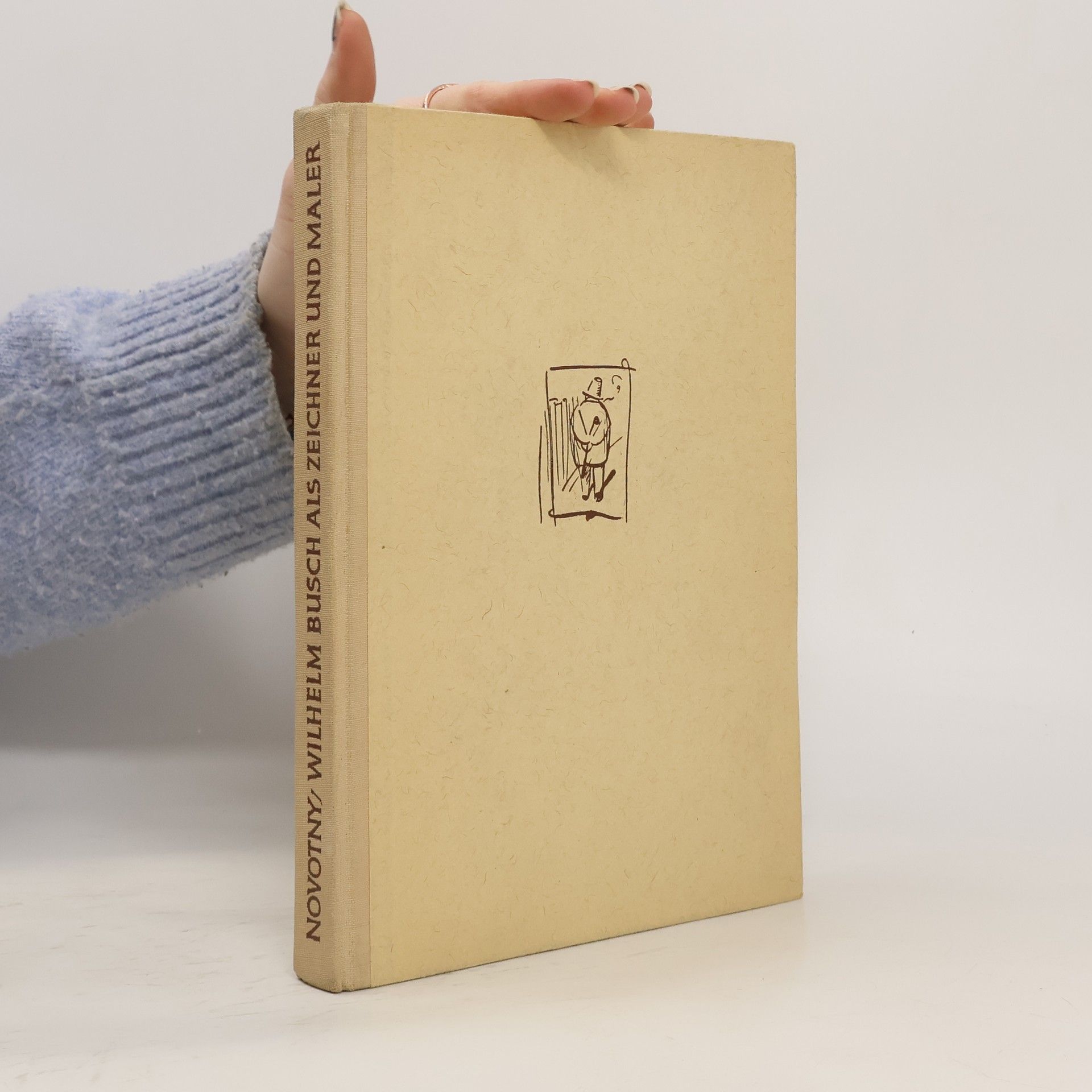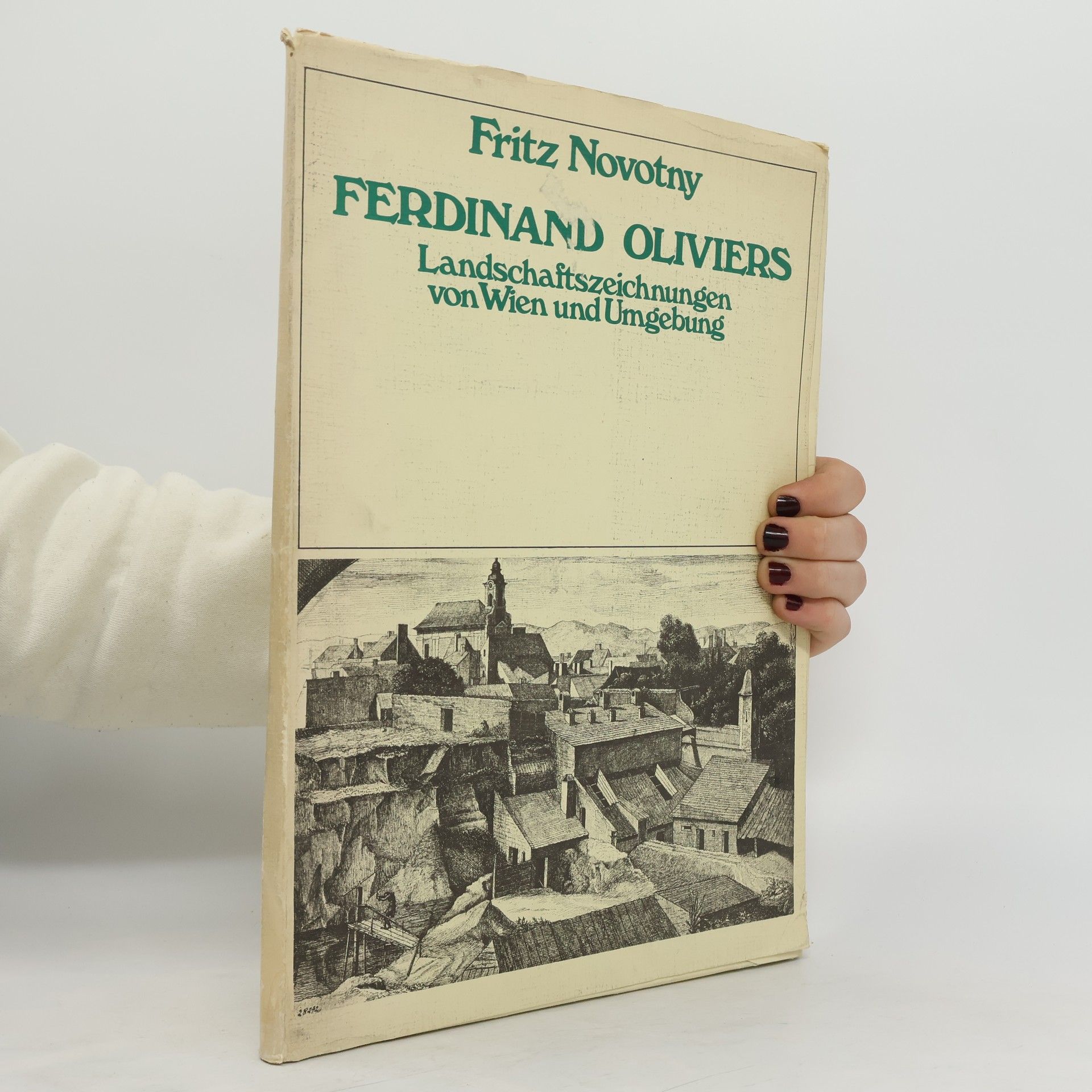Paul Cézanne (1839-1906) belonged to the same generation as the founders of French Impressionism, but though he started out as a "plein-air" painter with the same aims as Pissarro and Monet, he soon parted company with them and began to engage in a solitary struggle to achieve an ideal of artistic perfection which goes far beyond the aims of Impressionism and makes him the father of modern art. The forty-nine plates of the present volume span the entire career of this earliest and greatest of modern painters. All the color reproductions are based on specially taken photographs and have been carefully compared to the originals. Several details show the master's brush-strokes in original size. -- Form publisher's description
Fritz Novotny Books
February 10, 1903 – April 16, 1983
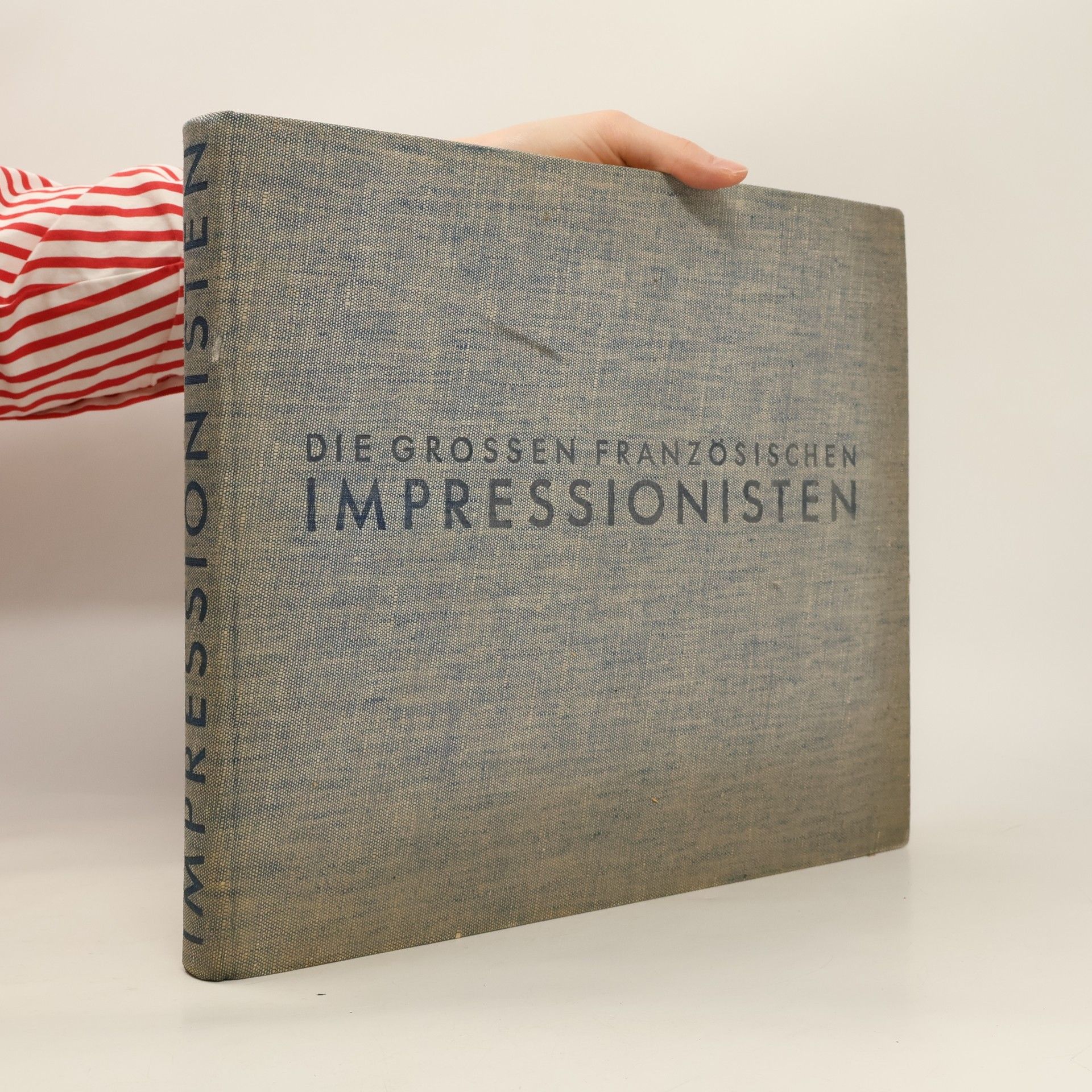
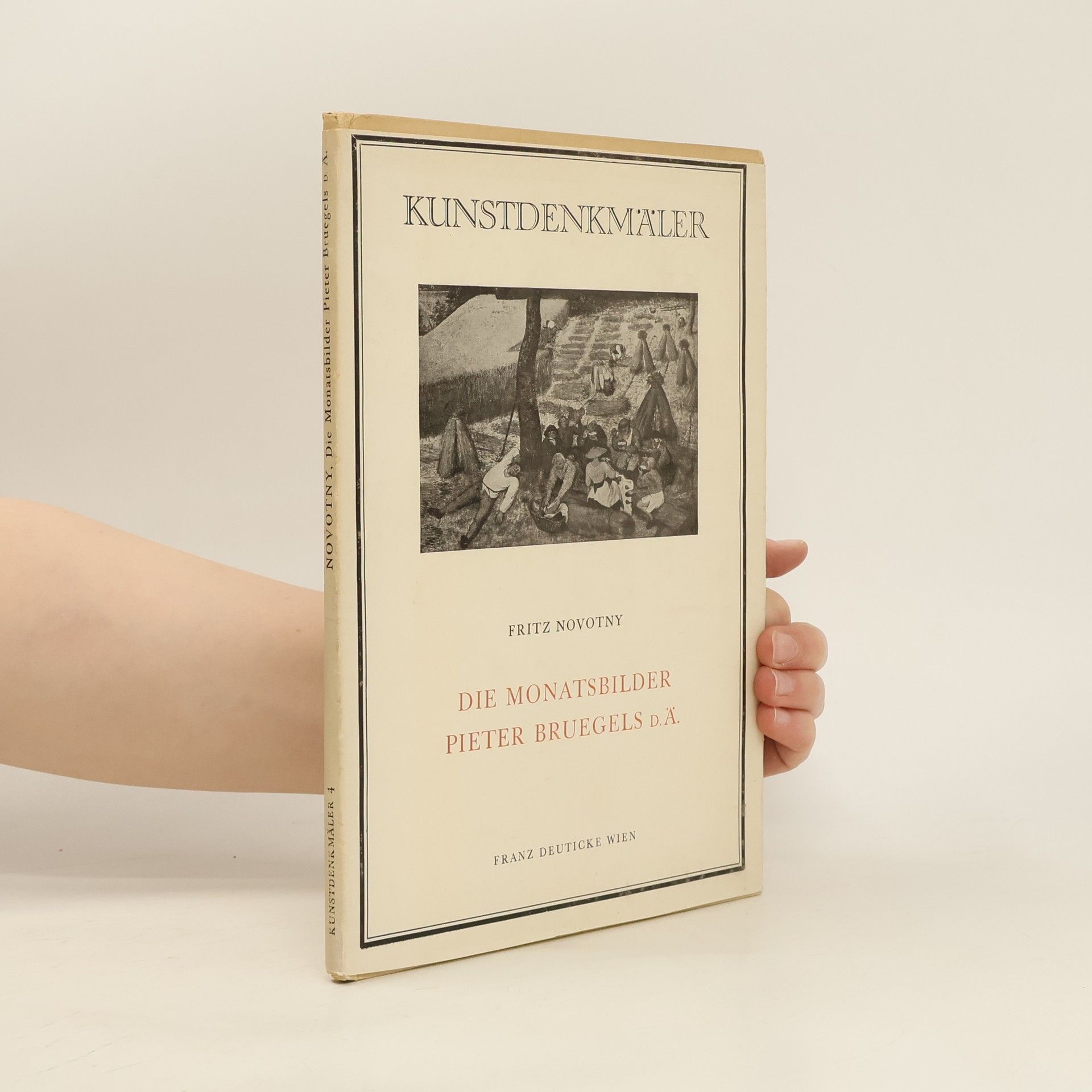


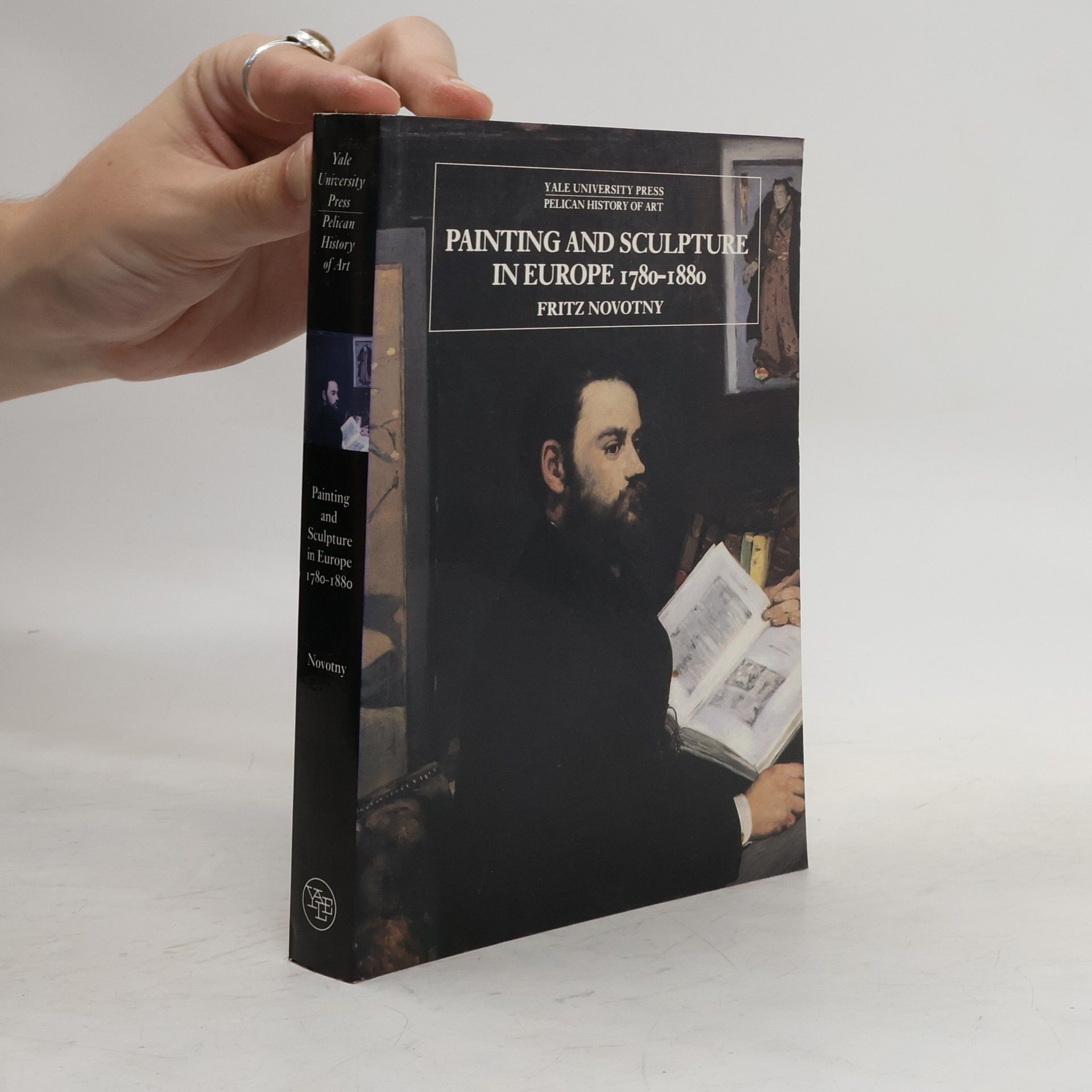
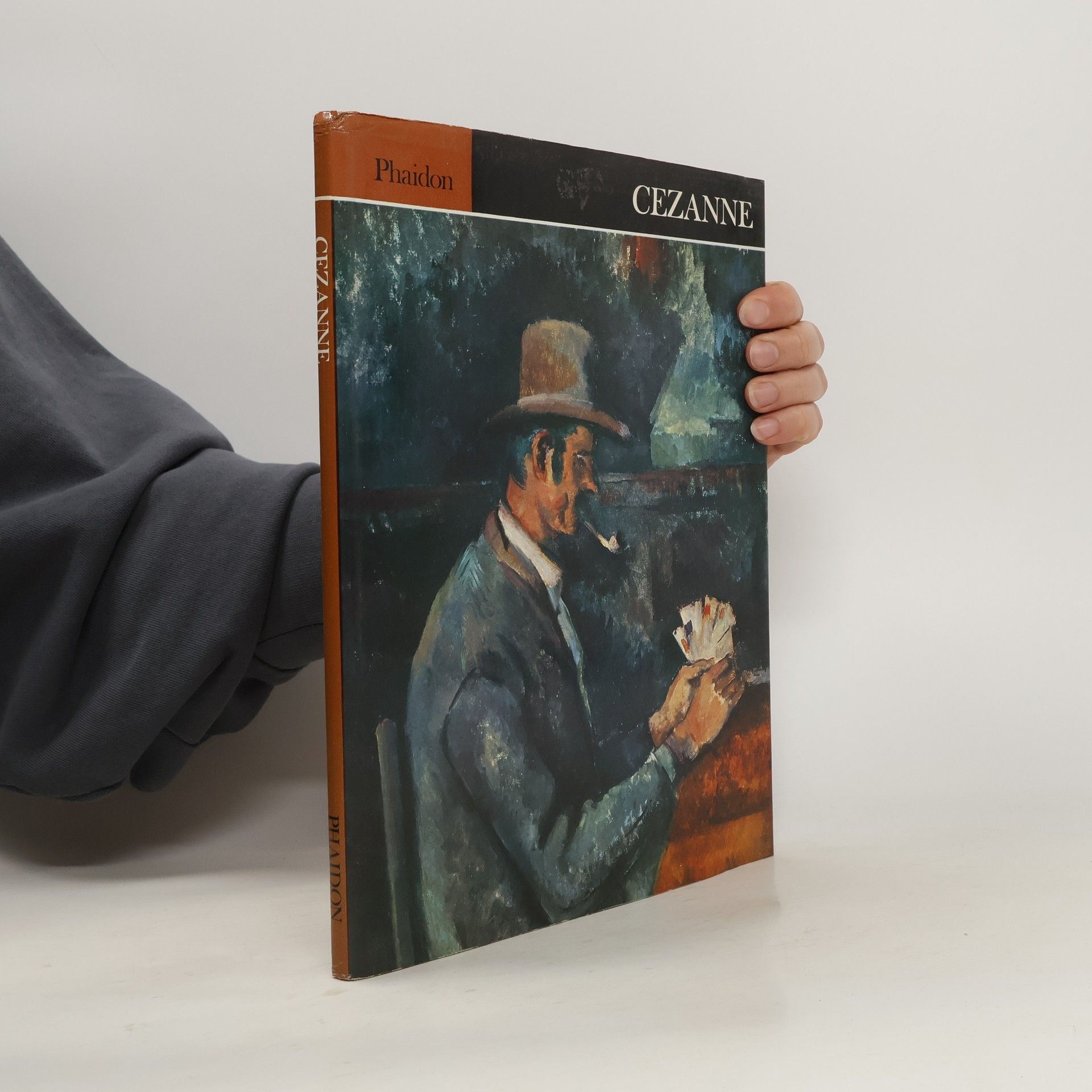
From the Classicism of Jacques-Louis David to the Realism of Courbet and the Early Impressionism of Renoir, this book outlines the course taken by painting and sculpture in Europe during the 19th century. Faced with the untidy sprawl of individualism which followed the French Revolution and threw up isolated geniuses like Goya, the author nevertheless charts the currents in what was predominantly a century of Naturalism and also - whilst artists were increasingly preoccupied with "the inner man" - of great landscape-painting when Friedrich, Corot and the Impressionists proper added light and atmosphere to the former achievements of the great Dutch masters.
